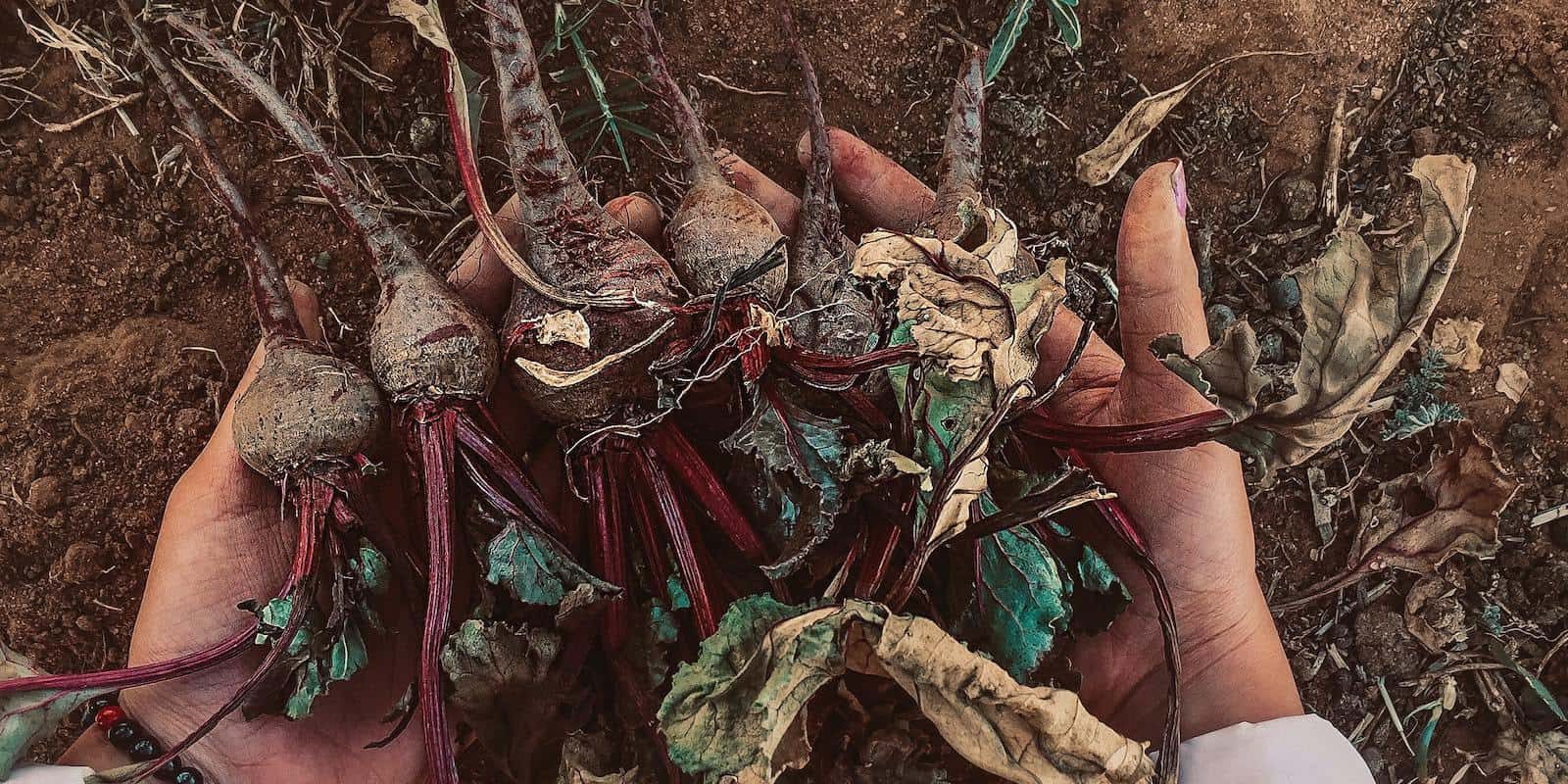There is a new addition to the library (did you know we have a library at the allotment?) in the shop: a guide to using locally sourced materials to make mineral and biological extracts and ferments – rather than buying them in plastic bottles in the shops. After a disappointing summer, my allotment neighbour, professional gardener, and experimenter, Paul, recommended that I give my plants a dose of minerals. Since ‘everything ends up back in the sea’, he recommended a vinegar extraction of minerals from seashells (pp. 129–133). Shells are a good source of calcium and are rich in the macro- and microminerals needed by soil and plants.
It’s very easy – just collect your shells, put them in a jar, cover with vinegar, put the lid on loosely, and watch the concoction fizz away. The book prescribes organic apple cider (for which there is also a recipe in the book), but being less of a purist I just used ordinary white vinegar. I left my jar out of direct sunlight for a couple of weeks and then decanted the mixture into a brown glass bottle. You can repeat the process 3–5 times, until there is no longer a reaction, at which point the shells can be added to your compost. The vinegar extraction will remain stable for years. Dilute 1 tablespoon in 15 litres of water, and use as a foliar spray or a soil drench.
This excellent video by Huw Richards introduces the book and also has an interview with author Nigel Palmer:
